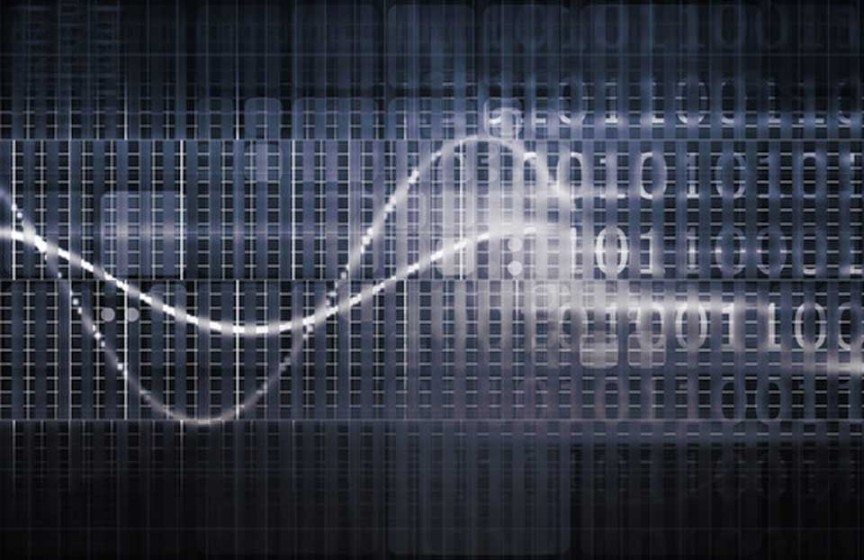Who doesn’t like a good data visualisation? In this age of info-overload, condensed, visualized information cuts through the noise, helping us quickly understand, navigate and find meaning in a complex world.
It reveals the invisible patterns and connections in the seas of data around us. It’s memorable, impactful, enduring and funky. What’s not to like?
By: David McCandless
But there’s a lot of it out there. Along with its bed companion, “Big Data”, dataviz is a rising trend across many disciplines: journalism, science, marketing, business, digital. Everyone’s at it. The scene is wild and unbridled in its creativity, good, bad and ugly.
(What’s the difference between “data-visualizations” and ‘infographics”? In my view, a data visualisation is a singular visualisation of data. So bar graphs, pie charts, scatterplots are all data visualisations. And so are the cooler forms like treemaps, network diagrams, and bubble maps. Meanwhile, an infographic is a collection of multiple visualisations exploring a theme or story. Think: “scrolling tower infographic”)
Though they often look simple, neither forms are easy wins. To pull off a good information visualisation, you need skills from both sides – information and visualisation. So you need visual skills like graphic design. But you also need information skills – concepting, factual research, storytelling – commonly known as ‘journalism’. But this is “data journalism”. That means using data as a source, and using computational techniques like mining, scraping and statistical analysis, to find your stories. So the art of visualisation is combining and harmonising design-thinking, statistical rigour and story-telling without compromising any element. No mean feat. It’s no surprise then that infoviz is a difficult and time-consuming form with a high failure rate. The successful ones deserve to be celebrated!
History
Innovative it may be, but historically, infoviz is not new. There have been several waves. Back in 1854, Florence Nightingale was rendering polar grids to try to convey to her superiors the scale of preventable, infection-related deaths of soldiers in the Crimean War. In the 1930s, Otto Neurath and Gerd Artz developed the pictographic based visualisation-language IsoType. And, if you’ve got ten minutes to spare, just Google Images “vintage Victorian infographics”. You will be amazed. All these movements simmered for a while, but then faded.
My hunch is that these previous waves lacked a medium to convey visualised information. And their audiences weren’t fully trained to receive them. Today, we’re acculturated to the marriage of design and information. From road signs to news graphics to websites to apps – the two now go hand in hand. Information design literacy in the general population has never been higher. We all expect and demand our information to be visualized now. And that demand is being met. Big time.
Big Data
Another strong factor is the rise of “big data” – another buzz word that has various meanings: 1) The huge load of data we have lying around these days. 2) The combining of multiple, varied data-streams into singlular “big data” sets. 3) The process of managing, analysing and discovering insights, patterns and other “gold” in huge datasets.
Visualization is a very quick and direct way to find and surface meaning in big data. It’s also a great way to polish your leaden data into a shiny spectacle to present to your clients, customers or investors…just saying.
This shininess, combined with the pure imperative to do something! anything! with all this data, has part-fuelled the rise of infographics – and drawn business dollars into the scene. The largest company in the world, GE, funds the dataviz challenge website Visualizing.org. Mega market research company Kantar sponsor the InformationisBeautifulAwards.com. Google and Facebook have dataviz divisions. Other companies are circling.
But the biggest boost to dataviz was the revelation that it needn’t just be applied to boring old business data or snorey scientific statistics. You can apply it to everything. There’s data everywhere now. Pop culture, music, web stats, research, surveys. It’s not a big step to imagine everything as data – even your life – your movements, your moods, your diet, your bus choices, your bowel movements – all this data that can be harvested, processed and baked into beautiful information graphics.
There is a feeling that infoviz is a new way to communicate. In a world where everyone is reading information – emails, texts, websites, status updates – there’s a refreshing novelty to seeing information. It can be relaxing and enjoyable again to learn something or be informed. There’s potential in education, science, even psychology. Many realms could be unlocked with visualisation. People could understand stuff again.
Aside from the utopia, for practitioners, the specificity of this form means other work is always useful: for inspiration or for theft. So the whole field becomes like a single, rich self-fertilising moodboard, a garden of data-visualisation flowers, continually sprouting from a ground soil of infinite data. What’s not to like?
About the Author
 David McCandless is a London-based author, data-journalist and information designer, working across print, advertising, TV and web. His blog and best-selling book Information Is Beautiful are dedicated to visualising ideas, issues, knowledge and data – and to discovering new patterns and stories in the seas of data swamping and surrounding us. His information design work has appeared in over forty publications internationally including The Guardian, Wired and Die Zeit. His commercial clients include Google, GE and the BBC.
David McCandless is a London-based author, data-journalist and information designer, working across print, advertising, TV and web. His blog and best-selling book Information Is Beautiful are dedicated to visualising ideas, issues, knowledge and data – and to discovering new patterns and stories in the seas of data swamping and surrounding us. His information design work has appeared in over forty publications internationally including The Guardian, Wired and Die Zeit. His commercial clients include Google, GE and the BBC.


